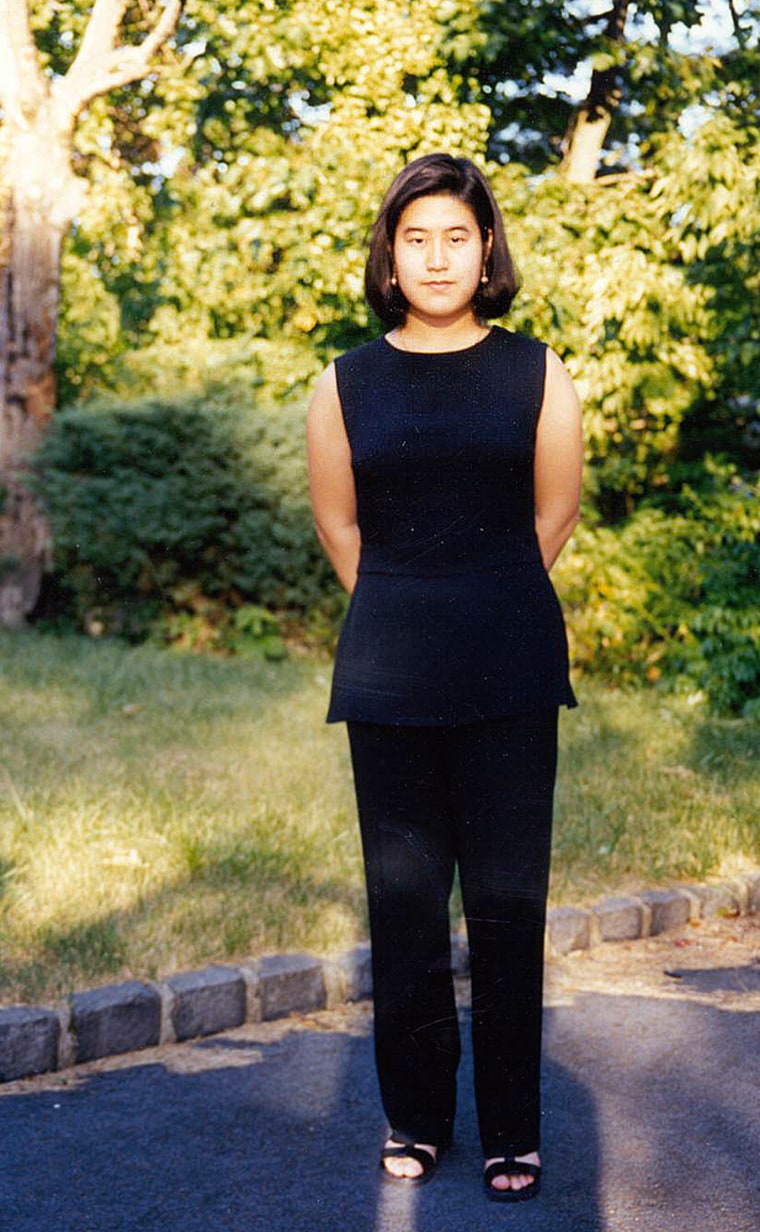Elizabeth Shin was engulfed in flames when police burst into her dorm room at the Massachusetts Institute of Technology on the night of April 10, 2000. After the state medical examiner ruled her death was "self-inflicted," it seemed obvious to Shin's parents that the troubled 19-year-old student had finally followed through on repeated threats to kill herself.
But the firefighter who investigated the blaze had his doubts. And those doubts could be crucial evidence in a lawsuit Shin's parents have filed against six MIT employees, claiming they didn't do enough to prevent her from killing herself.
Officials at colleges and universities across the country are concerned that the lawsuit could open the door to a flood of litigation and force schools to bear an untenable legal burden of preventing students from committing suicide.
The circumstances surrounding Shin's death, though, remain in contention.
Psychological problems during freshman year
Cho and Kisuk Shin of Livingston, N.J., said their daughter began to experience psychological problems in February 1999, during her freshman year, when she spent a week at a psychiatric hospital after taking a potent mixture of Tylenol and codeine.
Dr. Kristine Girard, associate chief of MIT Mental Health Services, diagnosed her with "situational issues," but didn't encourage her to seek additional psychiatric help, her parents claim.
Around 12:30 a.m. on the day of the fire, Shin allegedly told a friend she was going to kill herself.
Later that morning, a group of MIT doctors and administrators met to discuss Shin's condition. They made an appointment for her at a treatment facility the following day, leaving a message on her answering machine.
It's not known if she ever got the message. That night, around 9 p.m., the smoke alarm went off in Shin's room, and she was found on fire inside.
‘Morbid mood’ journal entry
When investigators searched the room, they found a tequila bottle and three empty prescription bottles that had contained Celexa and Ativan, which are used to treat depression and anxiety. On her computer was a journal entry, dated April 9, in which Shin says she is in a "morbid mood."
"I am burning four candles," she wrote. "They are resting on the floor. The lights are all off. And here I am, typing away aimlessly, hoping to exorcise my demons. ... I forget what it feels like to not be run by little horned devils."
Shin's parents believe their daughter killed herself, but Cambridge Fire Lt. Brian Higgins, who led the department's investigation, didn't find any trace of an accelerant in Shin's room and listed the cause of the fire as "undetermined" in his report.
He developed a theory that Shin was on the floor when one of the candles between her legs set her clothes on fire. He couldn't tell if she was sleeping or awake.
Shin didn't leave a suicide note and wasn't able to speak before she died several days later.
Unintentional fire?
In his March 2003 deposition, Higgins also said his investigation was hampered by the medical examiner's office decision not to perform an autopsy on Shin. He said an examination of the burn patterns may have provided important clues.
"There was no evidence the fire was intentionally set," said James Donohue Jr., who represents Girard.
But David DeLuca, a lawyer for Shin's parents, insists the case doesn't hinge on whether Shin killed herself accidentally or intentionally.
"Whether or not she intended to bring about the end of her life, we could debate that forever," he said. "What's also possible is that she intentionally overdosed (on the medication) and was in fact delusional at the time of the fire."
In June, a judge dismissed the Shins' claim against MIT, but allowed the case to proceed against the six employees, saying there was evidence they could have foreseen "that Elizabeth would hurt herself without proper supervision." A trial date has not been set.
Lawyers for the school administrators and infirmary doctors said Shin received proper care.
"They are dedicated, hardworking people, and they did their best to find a solution for her," Donohue said. "We think that's where the case is ultimately won."
